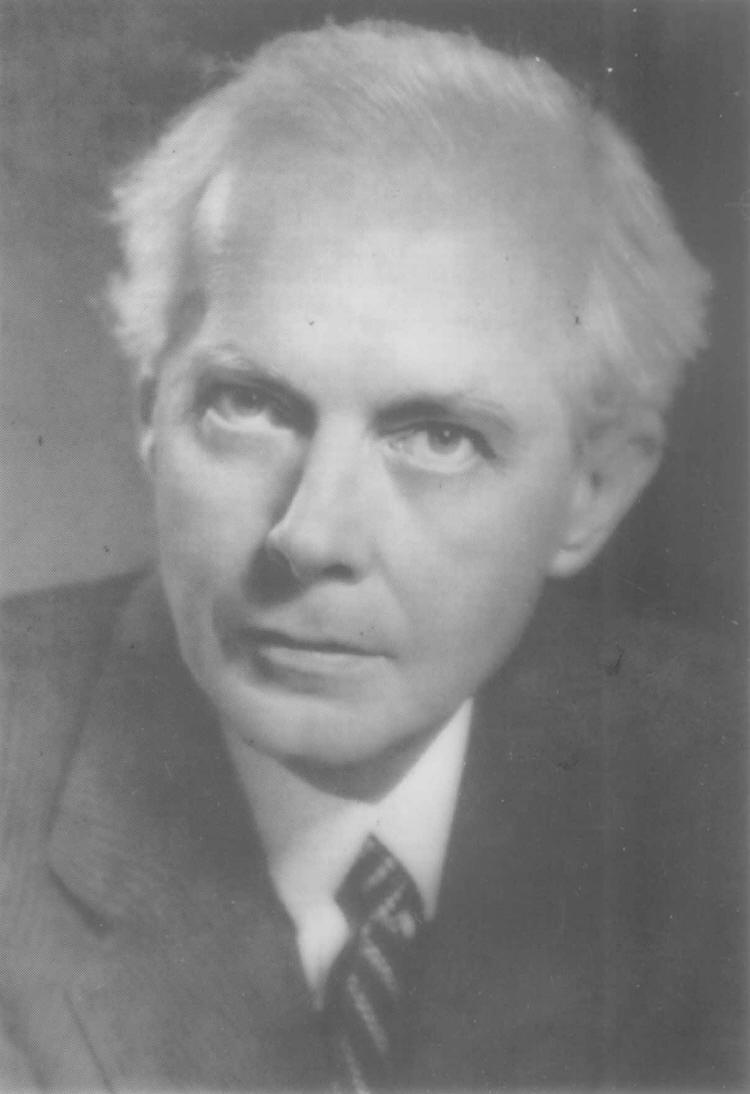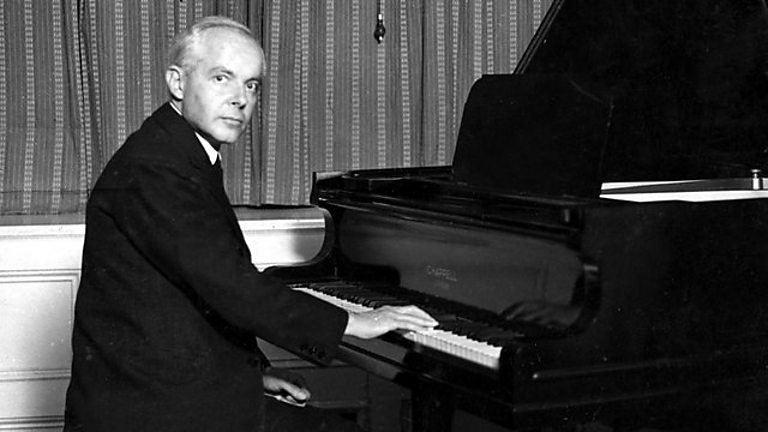
BARTOK COMPOSER SERIES
The tension increases inexorably as the music becomes louder, until the fugue climaxes on a series of repeated E flats, the note farthest away from A on the circle of fifths: It begins on the note A, and alternating successive appearances are each one step higher or lower on the circle of fifths. Its highly chromatic contour suggests an eerie moaning voice, and it gradually permeates the orchestra like a dense fog. This fugue’s subject is a gray, wandering melody from which the entire piece will evolve. Unity is provided by one main idea at the beginning, the fugue’s subject, with which each voice enters one by one. The first is a brooding fugue:įugues are a strict type of composition in which each voice (or instrumental part) should have an interesting, independent melody while simultaneously fitting together with the other parts. Music for Strings, Percussion and Celesta is divided into four movements, each of which has a distinct character. This unusual set up allows for antiphonal effects from the strings as musical ideas zoom back and forth across the hall. Bartók specified the positions of the instruments on stage with a diagram in the score. In the middle and toward the back is an array of percussion and keyboard instruments: xylophone, snare drum, cymbals, tam-tam, bass drum, timpani, piano and celesta. One of the piece’s most immediately striking features is its unique instrumentation: Bartók calls for two string orchestras arrayed on opposite sides of the stage-one is the mirror image of the other. The Music embodies many of the contradictions that make Bartók’s art so fascinating: it is simultaneously primitive and sophisticated wild and controlled serene and terrifying serious and slapstick. It is one of the purest and most perfectly proportioned distillations of Bartók’s mature style, a summing up of all that he had accomplished. The piece he wrote, Music for Strings, Percussion and Celesta, would be recognized as one of his greatest masterpieces.

Bartók set to work on the commission during his annual summer vacation in Switzerland with his family. Sacher’s commission for a major new work was thus especially welcome.

The Great Depression, combined with the increasingly disturbing political climate in Europe, posed significant challenges to his career as a pianist and composer, as right-wing governments increasingly censured modernism in the arts (indeed, Bartók would stop performing in Nazi Germany altogether the following year). This regular work was supplemented by giving piano lessons to select private students and occasional performances as a piano soloist. To celebrate the ensemble’s tenth anniversary, Sacher commissioned a new work from one of the day’s most cutting-edge composers: Béla Bartók.īy 1936, the 55-year-old composer was unaccustomed to earning much from his compositions his primary source of income was a post he had secured at the Budapest Academy of Sciences that allowed him to pursue his interest in ethnomusicology (specifically the folk music of his native Hungary and surrounding lands). In 1926, Sacher had founded the Basle Chamber Orchestra, an ensemble dedicated to performing both new works and neglected music from the pre-classical era. Finding himself now one of the richest men in the world, Sacher poured his wealth into one of his greatest passions: new music. In 1934, the Swiss conductor Paul Sacher married Maja Stehlin, the widow who had inherited the Roche pharmaceutical fortune.


 0 kommentar(er)
0 kommentar(er)
